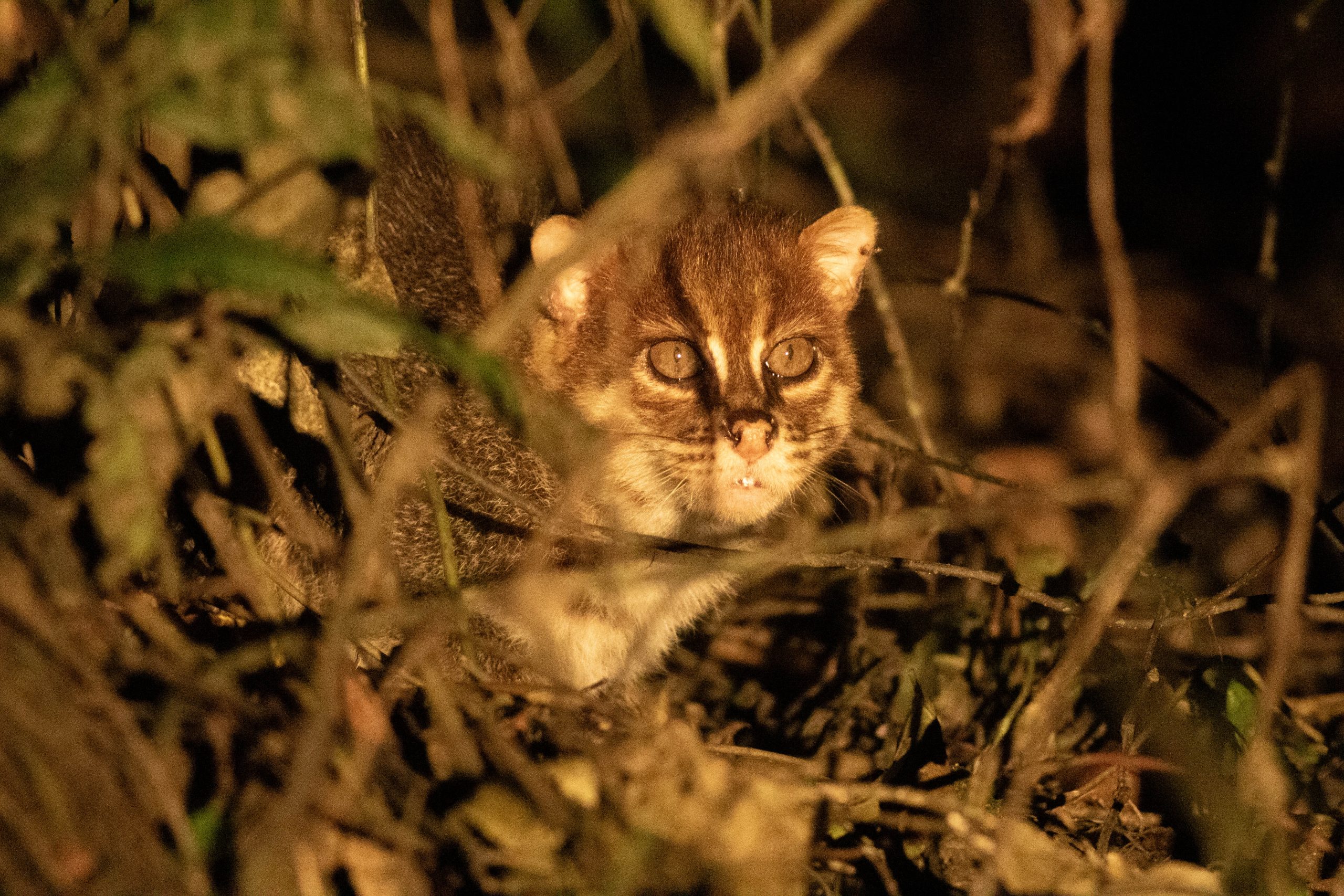
Trip report Sabah, Borneo
Yet another trip report on Borneo? Sabah is a very popular destination for birders and mammal watchers alike and both Mammalwatching.com as well as Cloudbirders.com have numerous trip reports about the region. However, we feel like a new report might be very useful, especially as it is self-organised and post-covid Sabah ecotourism has become quite different compared to what we read in pre-covid reports. We will try to give the relevant information per location. Sabah is a fantastic region to see mammals and birds.
We saw 71 amazing mammal species (plus some that we could not identify to species level). We added identification pointers for some of the more rarely photographed squirrels as well. Enjoy!
Trip report Borneo, Sabah August 2023
Post author
6 Comments
-
DuncanMcNiven
Nice report. The pheasant on page 35 is a Bulwer’s Pheasant. Worth noting that Danum Valley is one of the few places, or maybe the only place, in SE Asia that four otter species have been seen seen including a quite recent observation of Hairy-nosed Otter (see https://iucnosgbull.org/Volume37/Vol37_Iss3_Index.html)
Leave a Reply
You must be logged in to post a comment.


vnsankar
What a great report! So many photos of rare or poorly-known small mammals 🙂